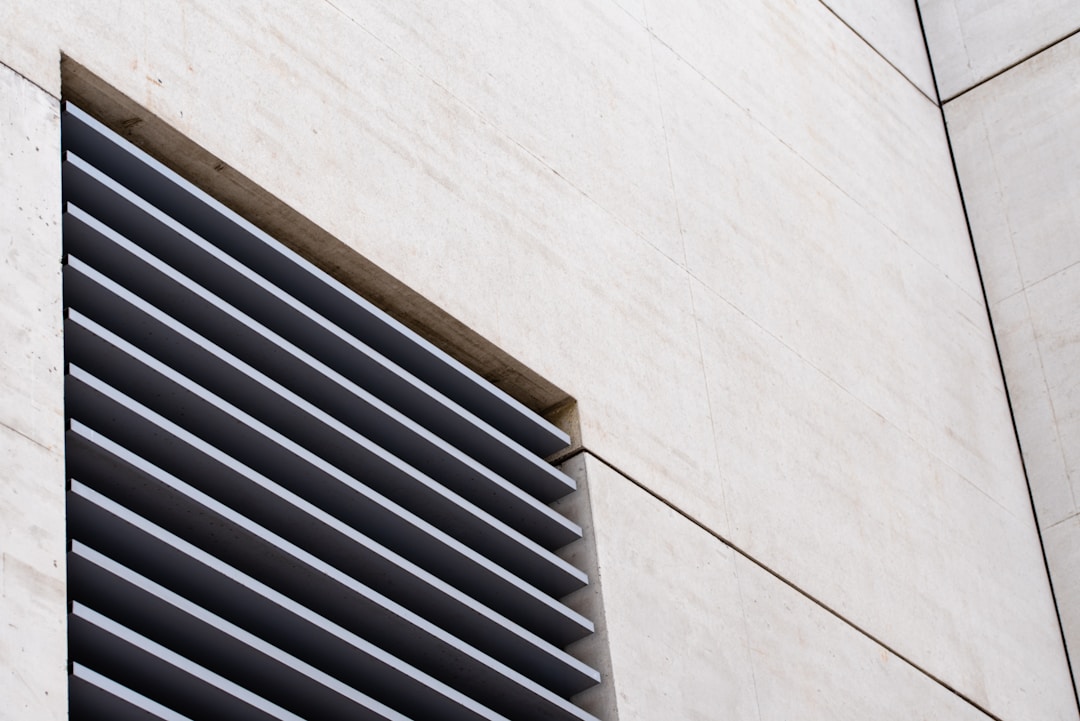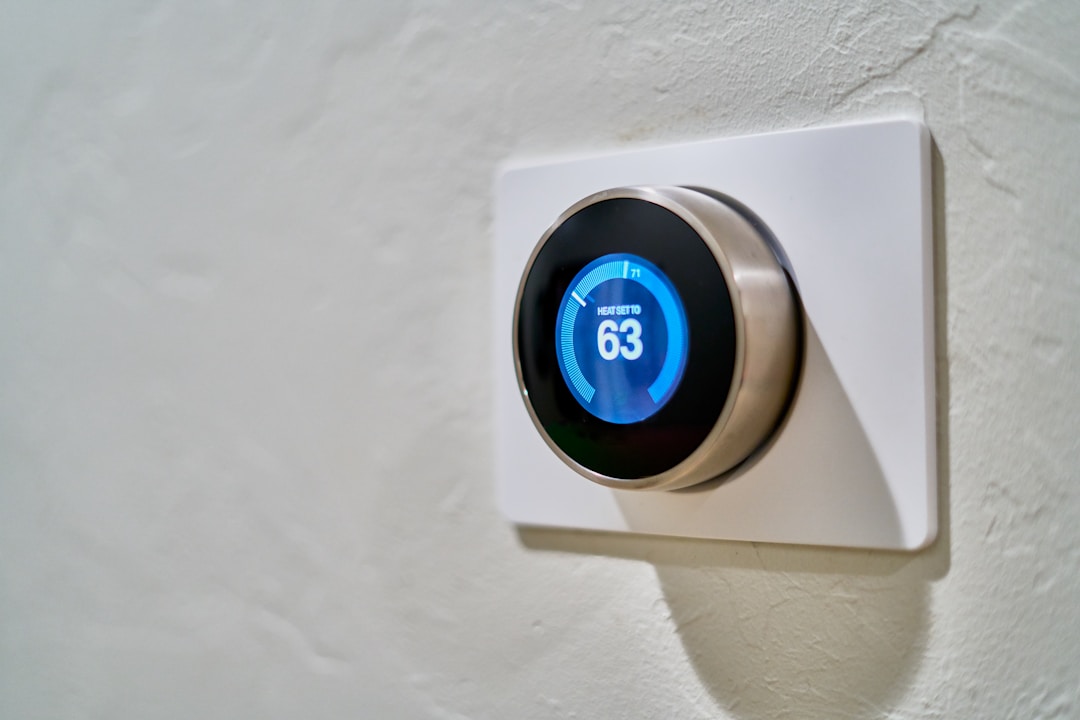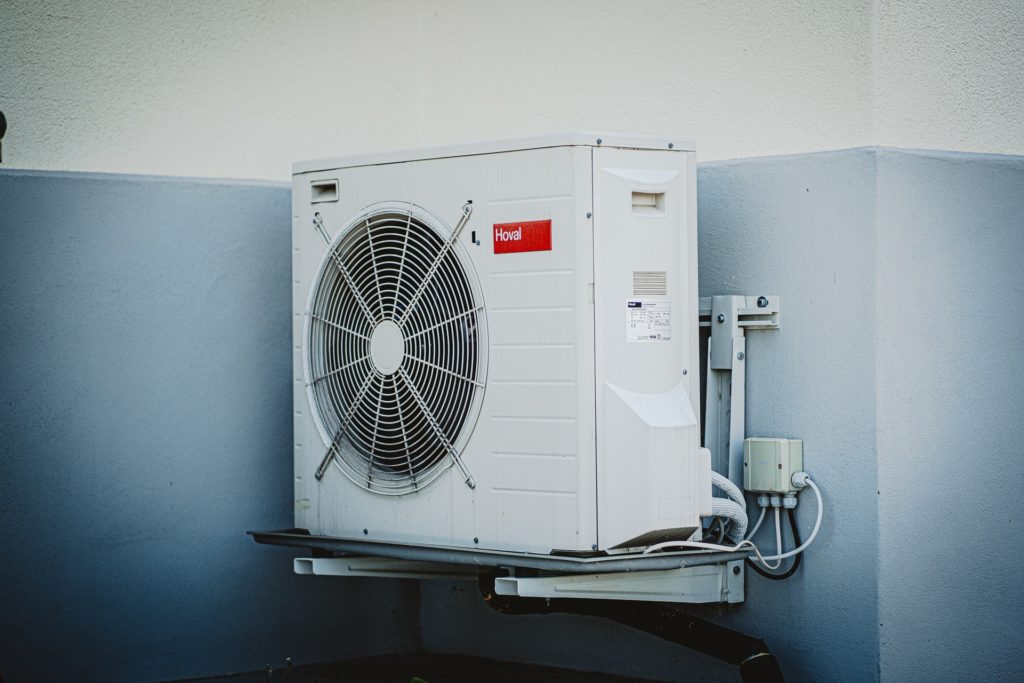For many homeowners, the idea of switching air systems from a traditional air conditioner and heating unit to a modern ductless system seems like a difficult endeavor. Many people assume that a ductless air unit, such as a heat pump or similar mini-split system, is an expensive investment or requires a long process for installation. However, these assumptions couldn’t be further from the truth. In fact, a ductless alternative is one of the best ways to achieve overall energy savings.
As air system technology has evolved, both the cost and effort in having a ductless system installed in your home have become significantly lower. Additionally, the many benefits of such a modern technology include greater energy efficiency, better indoor air quality, and lower monthly energy bills. For those reasons, many families consider a ductless unit to be invaluable for saving on household expenses. Here, we will look at the basics of installing a ductless air system in your home, as well as some of the most common misconceptions about the technology.
Ductless HVAC System Basics

For many homeowners, the most attractive feature of a ductless AC system is that the single unit replaces both the existing cooling system and heater. Using an outdoor unit to transfer outside air into the home’s indoor air handler for either heating or cooling, the ductless unit acts as both an air conditioning system and furnace all in one. Although this unique system doesn’t need traditional ductwork, a ventilation system is still required to circulate the air throughout the entire home. If for any reason your ductless AC system isn’t keeping your home cool or warm enough to your preference, the vents may be in need of a separate repair service. However, a properly functioning ductless AC uses less energy than a traditional central air conditioner or boiler, and a homeowner still comes out ahead on their monthly energy costs.
Common Ductless System Misconceptions

Before making your final decision regarding a new ductless mini AC system, it’s important to understand some common misconceptions regarding the system itself. Some homeowners are nervous about the cost of installation, as any new AC unit utilizing modern technology may require some infrastructural reconfiguring. In that respect, a ductless air conditioning unit is no different. However, after the initial installation is complete, the ductless AC uses less energy to operate than that of traditional HVAC systems. In addition, by having only one unit requiring regular inspection as opposed to a separate HVAC system and heater, your overall maintenance service costs are instantly cut in half.
Aside from any financial concerns, many families overlook how upgrading to ductless technology saves money due to the unit’s fewer maintenance needs. While it’s true that occasional maintenance and tune-ups are still needed, a ductless mini-split unit requires fewer maintenance service calls as a single unit. For example, if your ductless system isn’t producing the right amount of hot or cool air, a professional technician will still need to look at the unit, as well as inspect your home’s ventilation system and thermostat. For these necessities, it’s important that you choose a technician with a solid working knowledge of ductless repair.
On that note, when you do consult a specialist to assist in looking at your air system replacement options, it’s also a good idea to inquire if their company offers a maintenance plan for ongoing service. No matter what type of air conditioner or heating system you have, purchasing a maintenance plan for 24-hour emergency service, safety inspections and change-outs of your ventilation air filters is a sure-fire way to protect your system’s longevity, as well as your investment.





